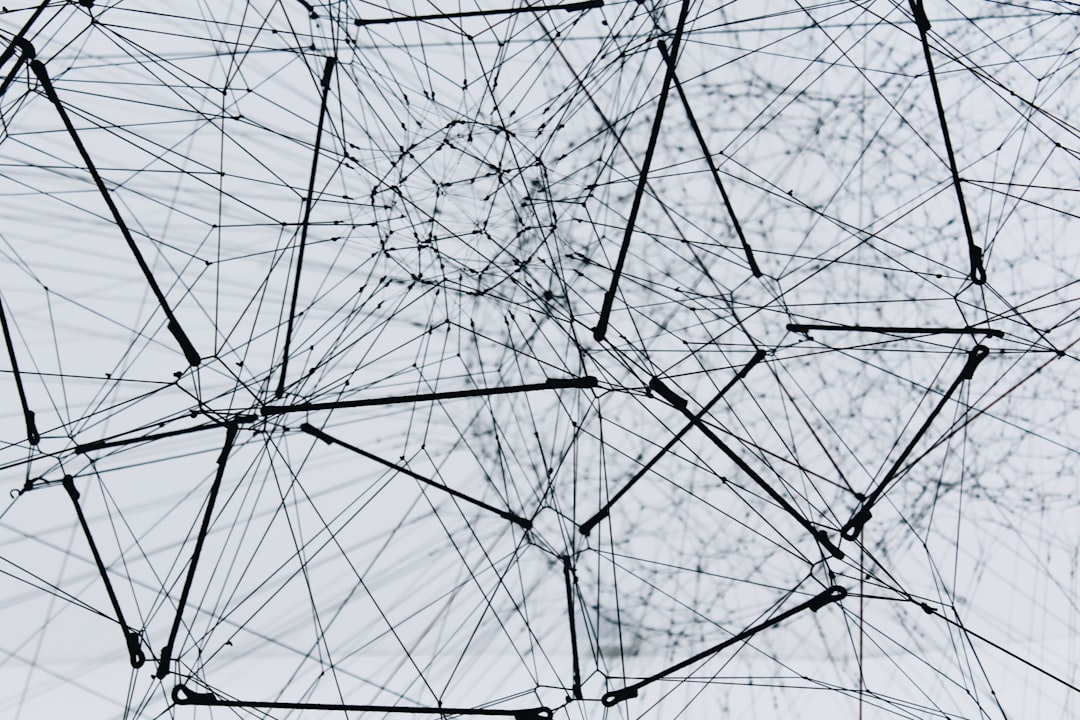What is it about?
Submesoscale ocean swirls, also known as eddies or vortices, are ubiquitous in all oceans. Some of these eddies may be long-lived, with a time scale of several months, which can travel over long distances of the order of hundreds of kilometers. The eddies commonly consist of an inner vorticity core and an outer ring of opposite vorticity sign, and are found in an approximately axisymmetric isolated state. However, it is known that sign-changing potential vorticity anomaly gradients cause flow instabilities, implying that the eddies described above should be linearly unstable, which, would be at odds with the observed long persistence of those eddies. The study focuses on certain axisymmetrical neutral eddies, that is eddies with zero total amount of potential vorticity anomaly, constructed out of layer-modes (combinations of certain mathematical functions, Bessel functions), like building blocks. The study is carried out in the quasi-geostrophic space, a good three-dimensional approximation for oceanographic environments. The numerical results show that depending on how these building blocks (layer-modes) are combined, some eddies remain robust and keep their axisymmetric shape even when slightly disturbed, while others transform into different stable eddy patterns. Furthermore, the eddies that remain robust do not generate an exterior flow.
Featured Image

Photo by Dan Cristian Pădureț on Unsplash
Why is it important?
The study of eddies is crucial for a comprehensive understanding of ocean dynamics, climate regulation, marine ecosystems, and the interactions between the ocean and the atmosphere. The new vortex distributions provided in this study, constructed out of the layer-modes, could explain the persistence of axisymmetrical three-dimensional eddies in the ocean.
Read the Original
This page is a summary of: Three-dimensional quasi-geostrophic vortices with vanishing amount of potential vorticity anomaly, Physics of Fluids, December 2023, American Institute of Physics,
DOI: 10.1063/5.0176659.
You can read the full text:
Contributors
The following have contributed to this page










